Optimization and adjustment of slitter parameters
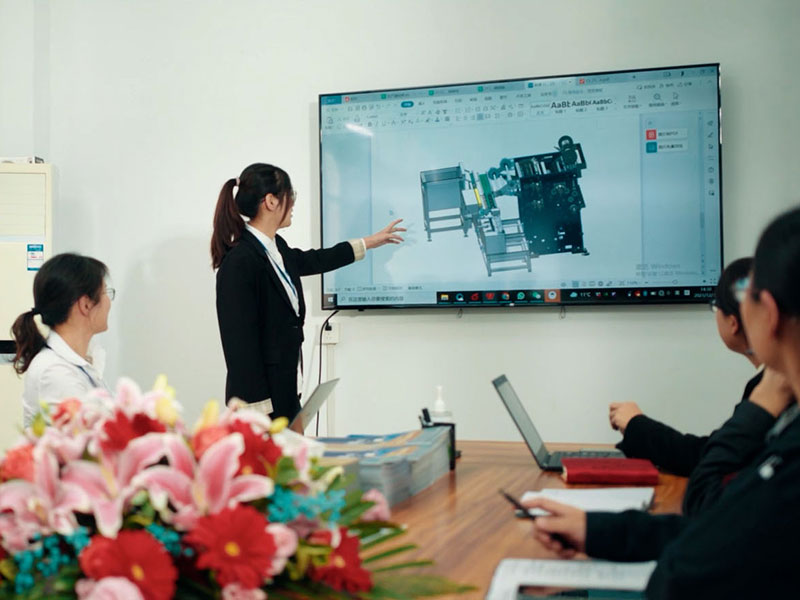
An in-depth discussion of key parameter setting and optimization strategies for slitter operation aims to help producers achieve higher precision and efficiency in their cutting operations, and improve the quality and consistency of the final product.
1. The art of width adjustment
The first task of the slitter machine is to cut the wide material exactly to the desired width. This requires the operator to accurately adjust the tool spacing and guide roller position according to the product specifications. The digital control system can achieve micron-level precision adjustment, ensure consistent cutting width, and reduce material waste.
2. Exquisite curl diameter control
The management of the coil diameter is important to maintain the stability of the tension. Excessive roll diameter may cause tension to get out of control and affect the cutting quality; Too small limits productivity. Through the automatic tension control system, the roll diameter is dynamically adjusted according to the thickness and toughness of the material, and the constant tension is maintained to avoid material deformation or breakage.
3. Tool selection and maintenance
The material of the tool, the shape of the cutting edge and the sharpness of the cutting edge directly affect the cutting result. Choosing the right tool material (e.g. HSS, carbide) and checking the sharpening regularly can significantly improve the smoothness and straightness of the cutting edge. In addition, a proper tool cooling system is also the key to ensuring cut quality and extending tool life.
4. Optimization of material guidance system
Optimizing the material guidance system to ensure that the material is straight and wrinkle-free before entering the cutting zone is another important factor in improving cutting accuracy. The use of high-performance guiding device and stable feeding mechanism reduces material deviation and ensures the continuity and stability of the cutting process.
5. Data monitoring and feedback
Using advanced sensor and data analysis technology, the key parameters in the cutting process (such as speed, tension, temperature, etc.) are continuously monitored, and adjusted in real time through the feedback system to form a closed-loop control, which can effectively prevent the occurrence of quality problems and continuously optimize cutting performance.
epilogue
The optimization and adjustment of slitter parameters is the key to improving cutting quality. From the accuracy of width setting to the delicate control of the roll diameter, to the focus on tool selection and maintenance, and the perfection of the material guidance system, every link needs to be carefully considered and practiced. Combined with the data monitoring and feedback mechanism, enterprises can not only achieve a leap in cutting efficiency, but also ensure good product quality, so as to stand out in the market competition.
Recent Post
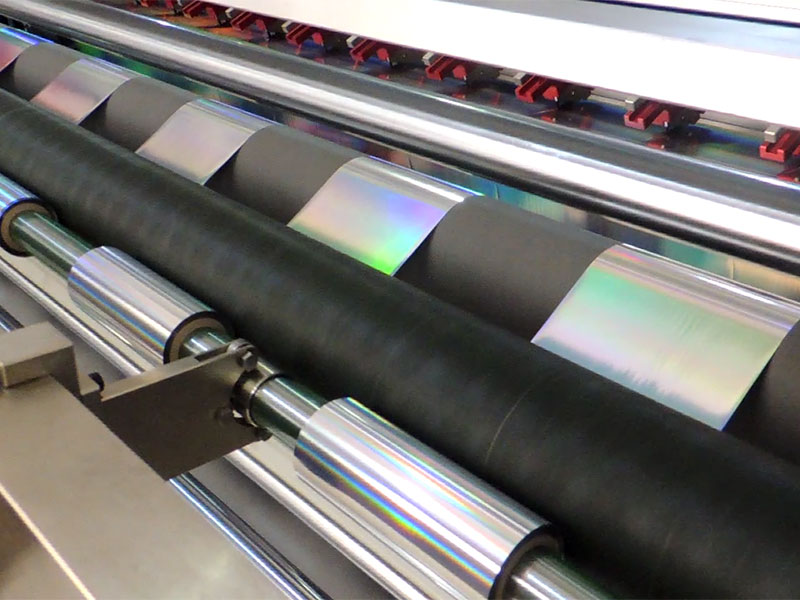 An overview of the slitter's functions: from basic operations to advanced cutting techniques19. April, 2025
An overview of the slitter's functions: from basic operations to advanced cutting techniques19. April, 2025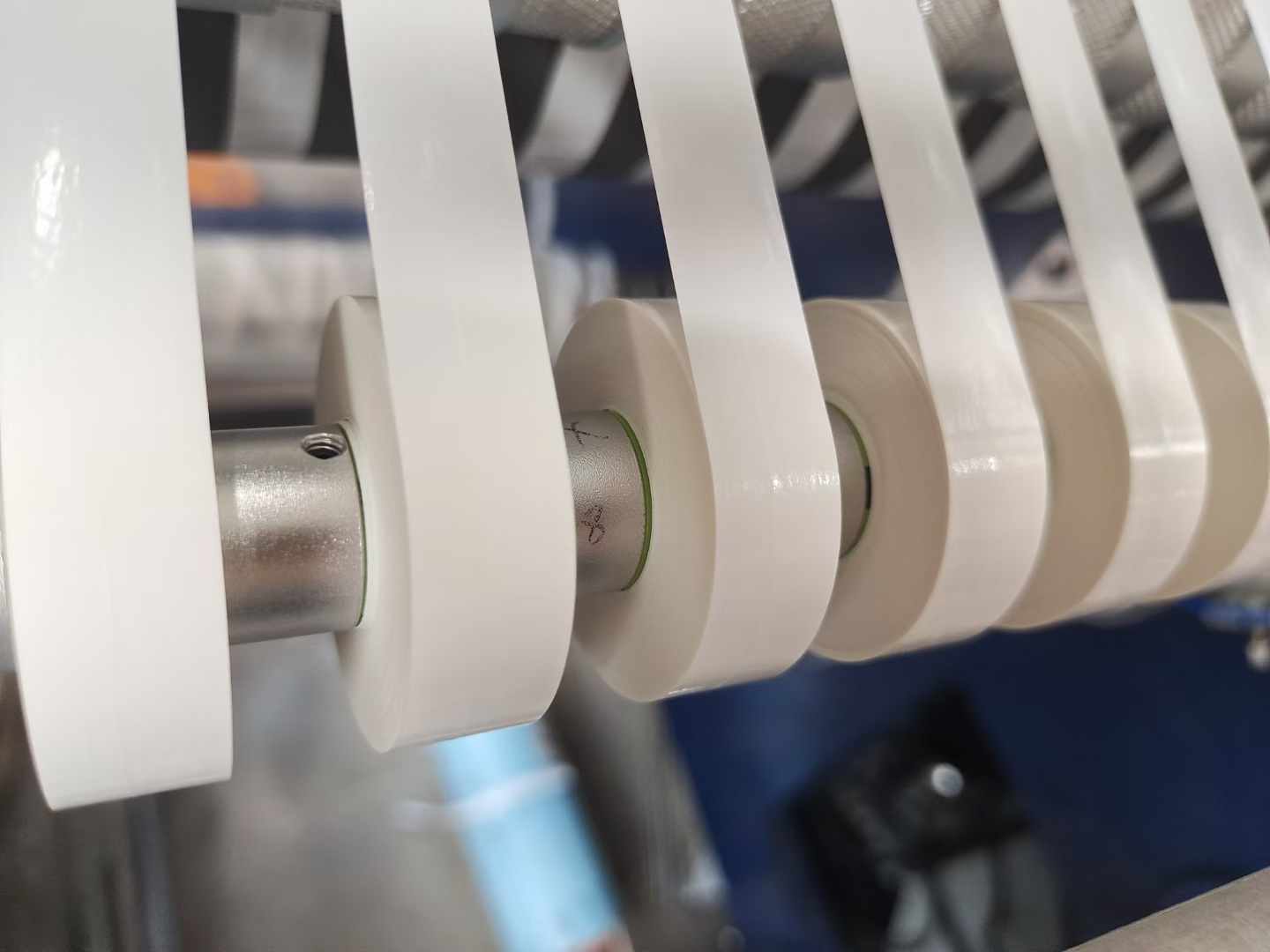 Industry adaptability of slitter machine: a wide range of uses from packaging to new energy19. April, 2025
Industry adaptability of slitter machine: a wide range of uses from packaging to new energy19. April, 2025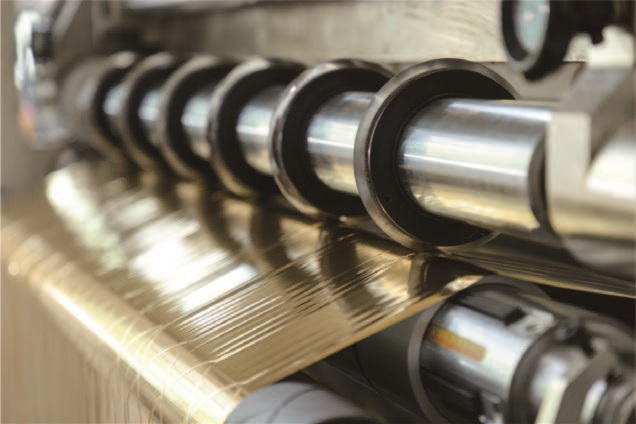 High-precision cutting: How does the slitting machine achieve the ultimate slitting accuracy of ±0.1mm?18. April, 2025
High-precision cutting: How does the slitting machine achieve the ultimate slitting accuracy of ±0.1mm?18. April, 2025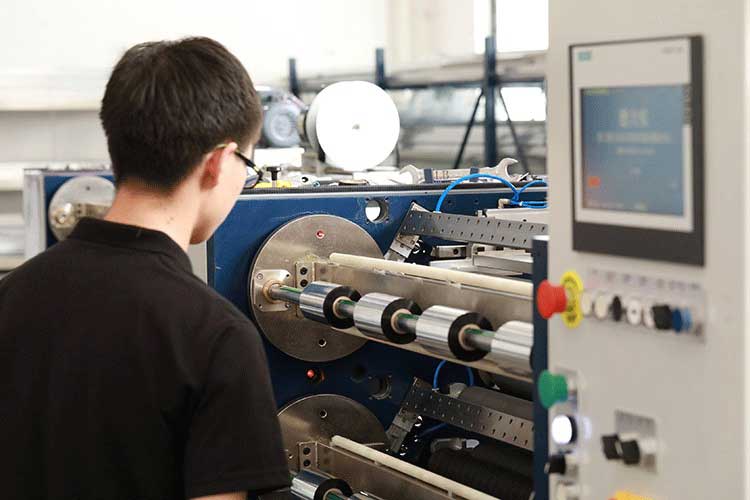 One-button operation: How can ribbon slitter simplify the production process?17. April, 2025
One-button operation: How can ribbon slitter simplify the production process?17. April, 2025
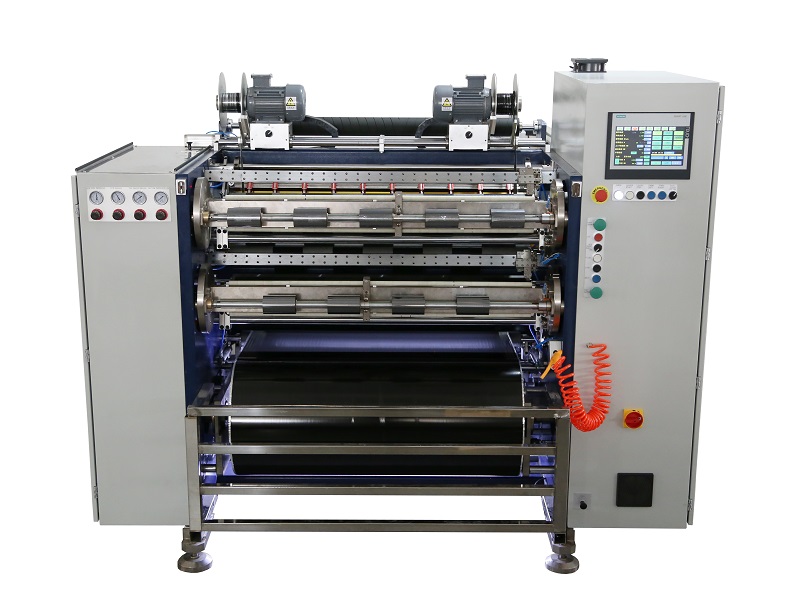 Fully Automatic TTR Slitter RSDS8 Plus
Fully Automatic TTR Slitter RSDS8 Plus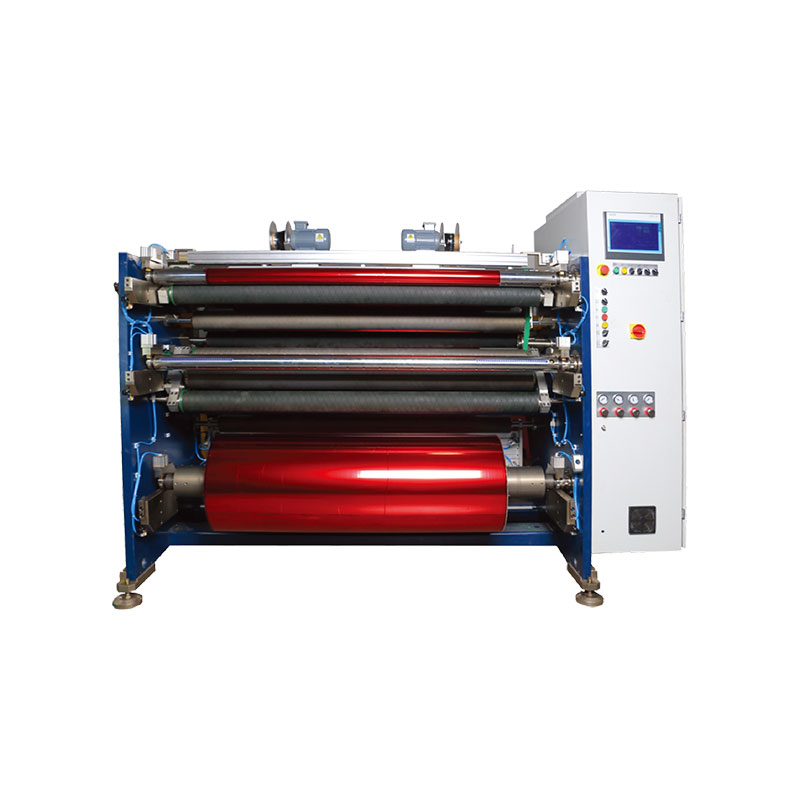 Hot Stamping Foil Slitter 1600mm
Hot Stamping Foil Slitter 1600mm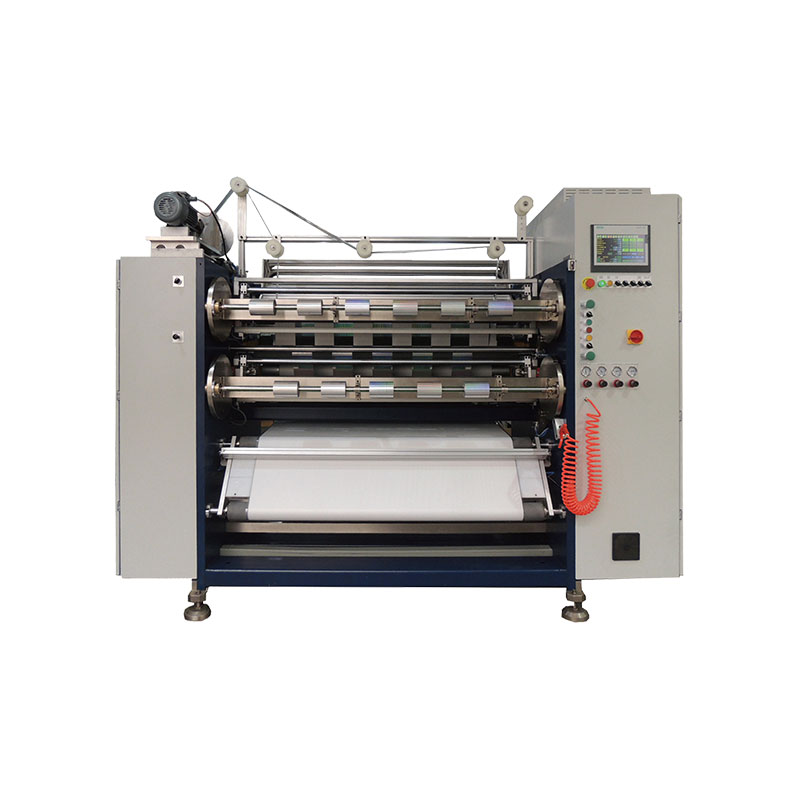 Hot Stamping Foil Slitter (4 Shafts)
Hot Stamping Foil Slitter (4 Shafts)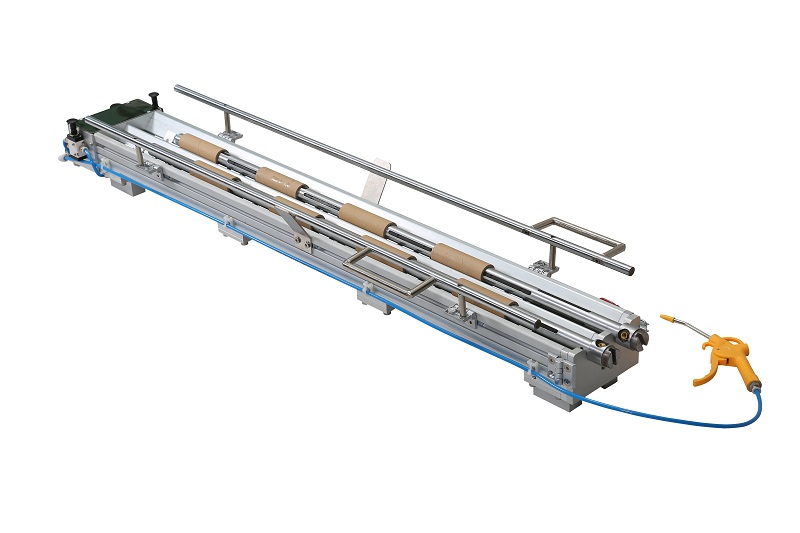 Paper Core Loading Machine
Paper Core Loading Machine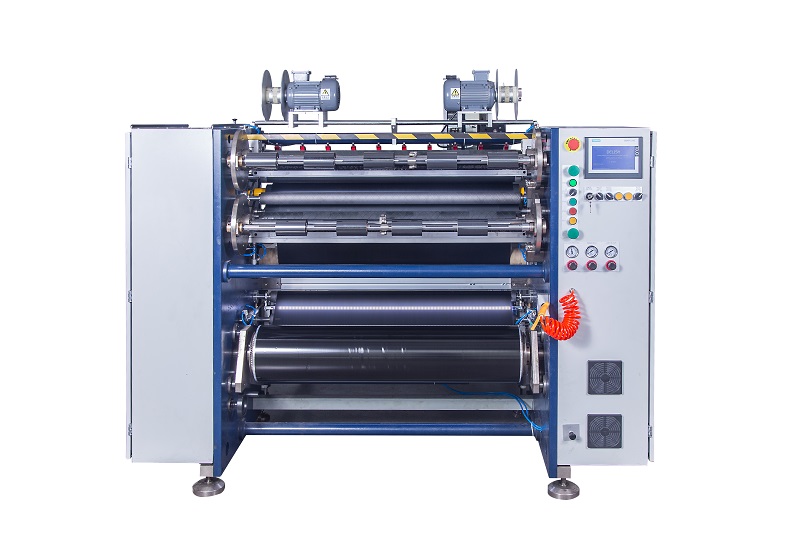 Semi-Auto TTR Slitter RSDS2 Plus
Semi-Auto TTR Slitter RSDS2 Plus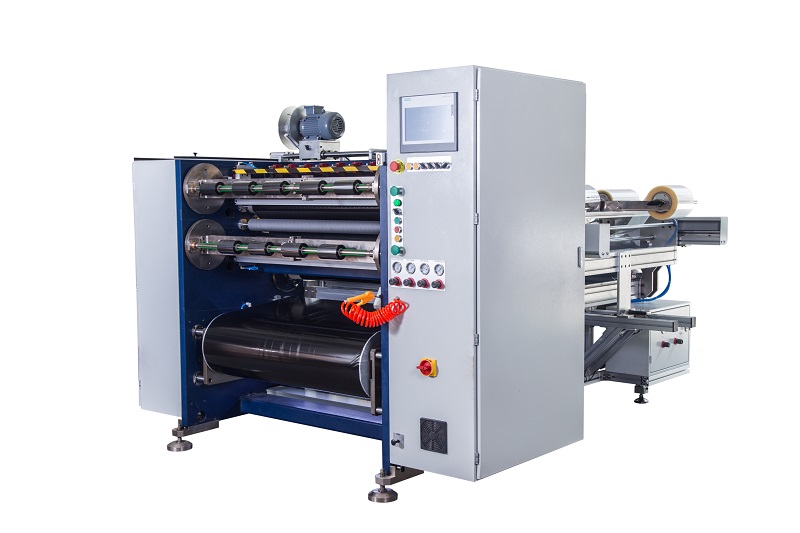 Semi Automatic TTR Slitter RSDS5 Plus
Semi Automatic TTR Slitter RSDS5 Plus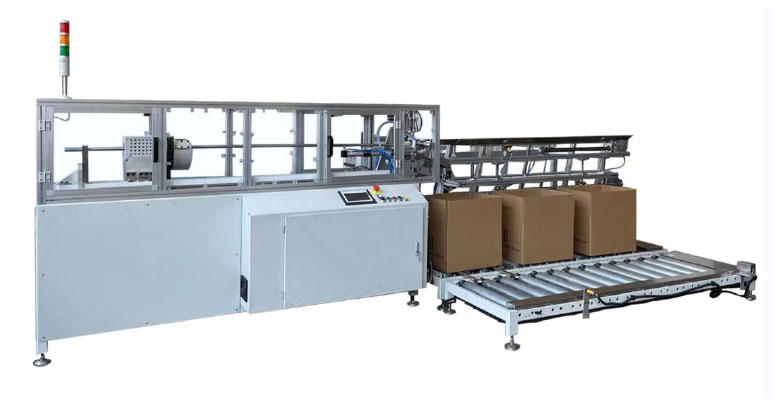 Auto Paper Core Cutter
Auto Paper Core Cutter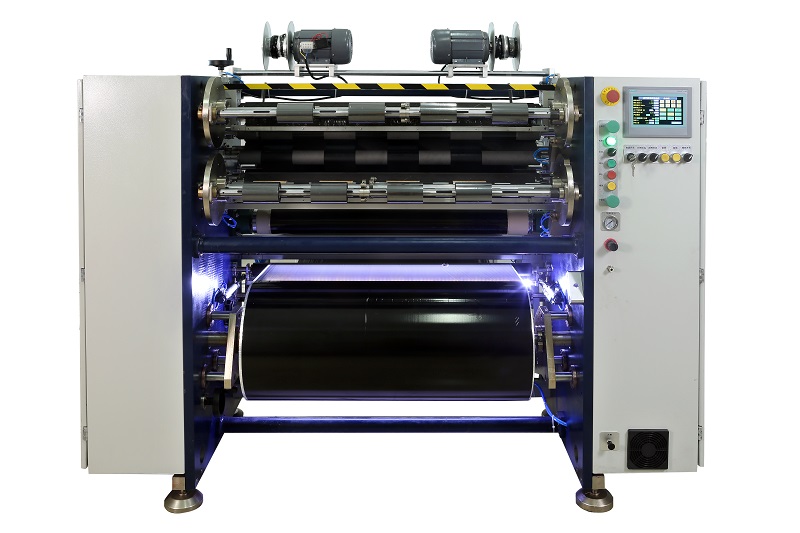 Manual TTR Slitter RSDS2
Manual TTR Slitter RSDS2





